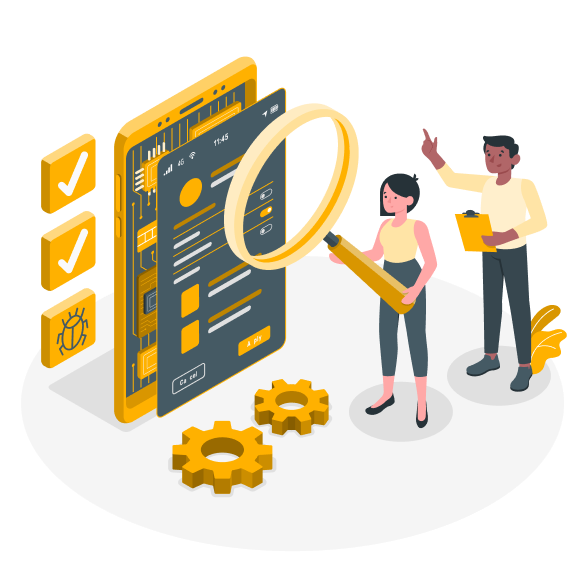
Manifest Being A Manual Tester!
Ubuy Academy, with its industry-level experts and inclusive classroom environment, is providing the best manual QA testing course tutorial in Jaipur to both freshers and experienced professionals who want to make a career in the software field. Here you will learn how to check the predetermined test cases manually instead of using automation tools to find defects in the software being tested.
Ubuy Academy, with its industry-level experts and inclusive classroom environment, is providing the best manual QA testing course tutorial in Jaipur to both freshers and experienced professionals who want to make a career in the software field. Here you will learn how to check the predetermined test cases manually instead of using automation tools to find defects in the software being tested.
Learn manual testing step by step from the basics to the advanced level at our institute which provides hands-on training to people interested in moving forward in their careers as QAs or testers. The complete details of this manual tester course provided by our academy are as follows -
In-detail explanation of what will be included in our manual testing training course is as follows-
In our manual testing live project training, the applicants would be made familiar with the following terminologies in detail.
Manual testing is done in various ways, however, majorly, it is divided into three categories, namely black box testing, white box testing and grey box testing. Let's dive into the details underneath.

Being a crucial part of manual testing, our manual tester course will teach you all about -
At our manual testing training institute, get to know more about -